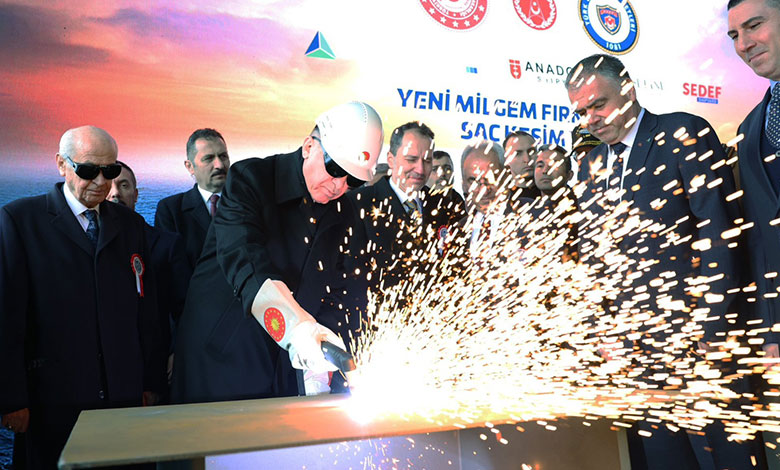The vast majority of reactors designed for naval purposes are of the PWR type, while the other important detail is that the US, the UK and Russia in particular are producing nuclear marine reactors based on steam turbine propulsion. There is a reason why I draw attention to these three countries. Turkiye is currently interested in SMRs designed or manufactured by companies such as Westinghouse, GE and R&R plc. We can naturally add Russia to this list. There is no official announcement yet, but there was information from US sources that there was a negotiation process involving about 20 reactors. The SMRs of these companies are also of PWR type. I think this issue (SMR) is one of the unofficial extensions of the EF-F16 dilemma. Eventually, there may be a domestic jet and a Russian SMR. Anyway... This is new news, but in general, there is a will to create a nuclear industry in the country and there are processes going on one way or another. Of course, it would be pure speculation to link the SMR industry with this submarine propulsion, and even then there are significant design differences. First and foremost, there is the issue of noiselessness. Submarine nuclear drives, for example, can use natural circulation for most of their full power without coolant pumps.
But the connection I want to make is that some of the companies I wrote, or not mentioned above, are also companies that produce or design nuclear reactors for submarines and aircraft carriers. I think bringing the SMR industry into the Turkish energy infrastructure will help us move forward in many ways. Of course, progress in nuclear technology depends on the existence of a developed industry and a highly qualified workforce. One way to do this, as the South Korean experience shows, is to start by importing nuclear reactors from foreign countries, and then, with a determined and stable political will, to establish a domestic nuclear industry; in this way, it is possible to achieve a leap forward. Over time, South Korea has built up the skilled human resources to design its own nuclear reactors and power plants, a development that should be taken as an example by countries around the world. In the process that started with nuclear power plants built by foreign companies, South Korea has managed to increase this rate to 98 percent today by developing its own reactor technology, while the localization rate it was able to achieve was 2 percent at first.
South Korea is building its own nuclear submarine today. A country that was almost completely devastated just 70 years ago, and which has gone through many economic crises: the industrial progress they have made today should be included in the textbooks of our country.
trivia:
> Works in the nuclear field in Turkiye began in 1955. About 5 years after we sent troops to Korea.
> In 61, the first experimental reactor was commissioned. 1 year before South Korea.
> Since 1976, the Akkuyu NPP project, which had been shelved or canceled in every tender process, was finally finalized in 2010. South Korea was one of the countries bidding for this NPP. They had built their first nuclear power plant in 1986, with Westinghouse designed reactors.
Sorry then, besides the news I shared the link to, there is also a lot of similiar reports on net. By accepting these as true, I had inferred that the work on this issue had reached a certain point. Thank you for the correction.
Nuclear submarines offer significant advantages over non-nuclear ones. South Korea as been looking to acquire them for many years and now has the industry to do it.

www.navalnews.com














